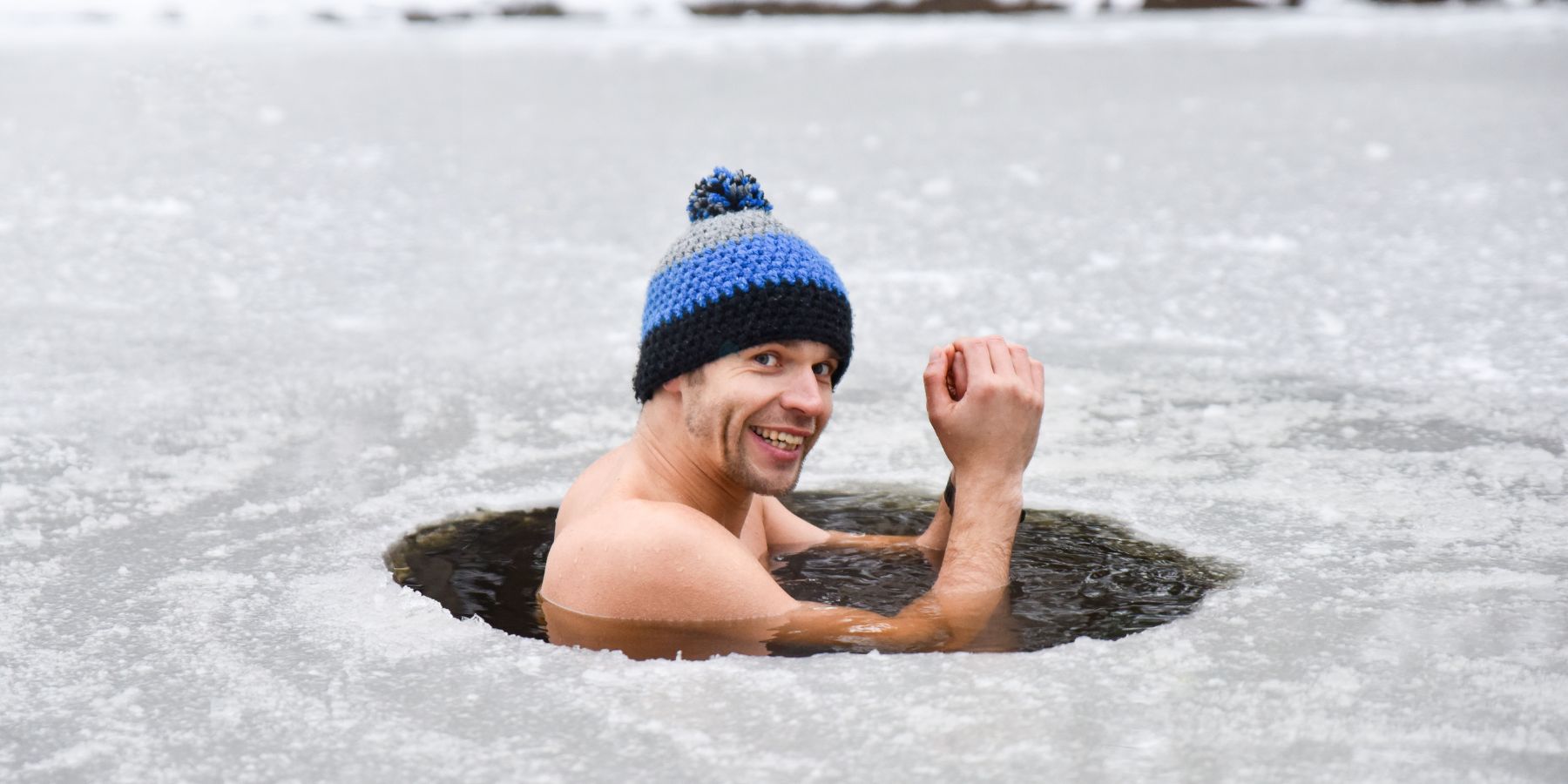Ice baths have become a popular practice among athletes and fitness enthusiasts for their potential benefits in recovery and performance. However, for beginners, it’s important to understand both the benefits and the risks associated with this practice. This guide will help you navigate the world of ice baths safely and effectively.
Understanding Ice Baths
An ice bath, or cold-water immersion, involves sitting in a tub of ice-cold water for a short period. This practice is believed to help with muscle recovery, reduce soreness, and improve overall athletic performance.
How Ice Baths Work
The theory behind ice baths is that the cold temperature causes blood vessels to constrict, reducing blood flow to the muscles. Once you get out of the ice bath and warm up, the blood vessels expand, and fresh blood rushes into the muscles, helping to flush out metabolic waste.
Preparing for an Ice Bath
For beginners, it’s essential to start slowly for your first ice bath. Prepare a bath with cold water and add ice gradually. The water temperature should be around 50-59°F (10-15°C). Limit your time in the ice bath to 10-15 minutes, especially when starting.
Benefits of Ice Baths
Ice baths offer several potential benefits for recovery and health, especially after intense physical activity.
Muscle Recovery and Soreness
Reduced Muscle Soreness: Ice baths can help in reducing muscle soreness after workouts, known as delayed onset muscle soreness (DOMS).
Faster Recovery: By reducing inflammation and improving blood flow, ice baths may help muscles recover more quickly.
Mental Resilience
Stress Relief: Enduring the cold can also be a mental challenge, helping to build mental resilience and stress tolerance.
Improved Mood: Some people report feeling invigorated and uplifted after an ice bath.
Risks and Precautions
While ice baths can be beneficial, they also come with risks, particularly for beginners who are not accustomed to extreme cold.
Potential Health Risks
Hypothermia: Prolonged exposure to cold water can lead to hypothermia, where the body’s core temperature drops dangerously low.
Heart Stress: The shock of cold water can cause heart stress, particularly in those with underlying heart conditions.
Safety Tips for Beginners
Start Gradually: Begin with shorter, less cold baths and gradually increase as your body adapts.
Monitor Your Body: Pay attention to how your body feels. If you feel too uncomfortable or in pain, it’s time to get out.
Avoid Alone: Never take an ice bath alone. Always have someone nearby in case you need assistance.
Ice Baths vs. Other Recovery Methods
It’s important to consider ice baths as part of a broader recovery strategy.
Alternatives to Ice Baths
Active Recovery: Light exercise, like walking or yoga, can also help with muscle recovery.
Heat Therapy: Warm baths or saunas can relax muscles and promote blood flow, offering a gentler alternative.
Combining Recovery Methods
Using a combination of recovery methods, including both ice baths and heat therapy, may provide more comprehensive benefits.
Conclusion
Ice baths can offer significant benefits for muscle recovery and mental resilience, but they also carry risks, especially for beginners. By starting slowly, paying attention to safety, and listening to your body, you can safely incorporate ice baths into your recovery routine.

